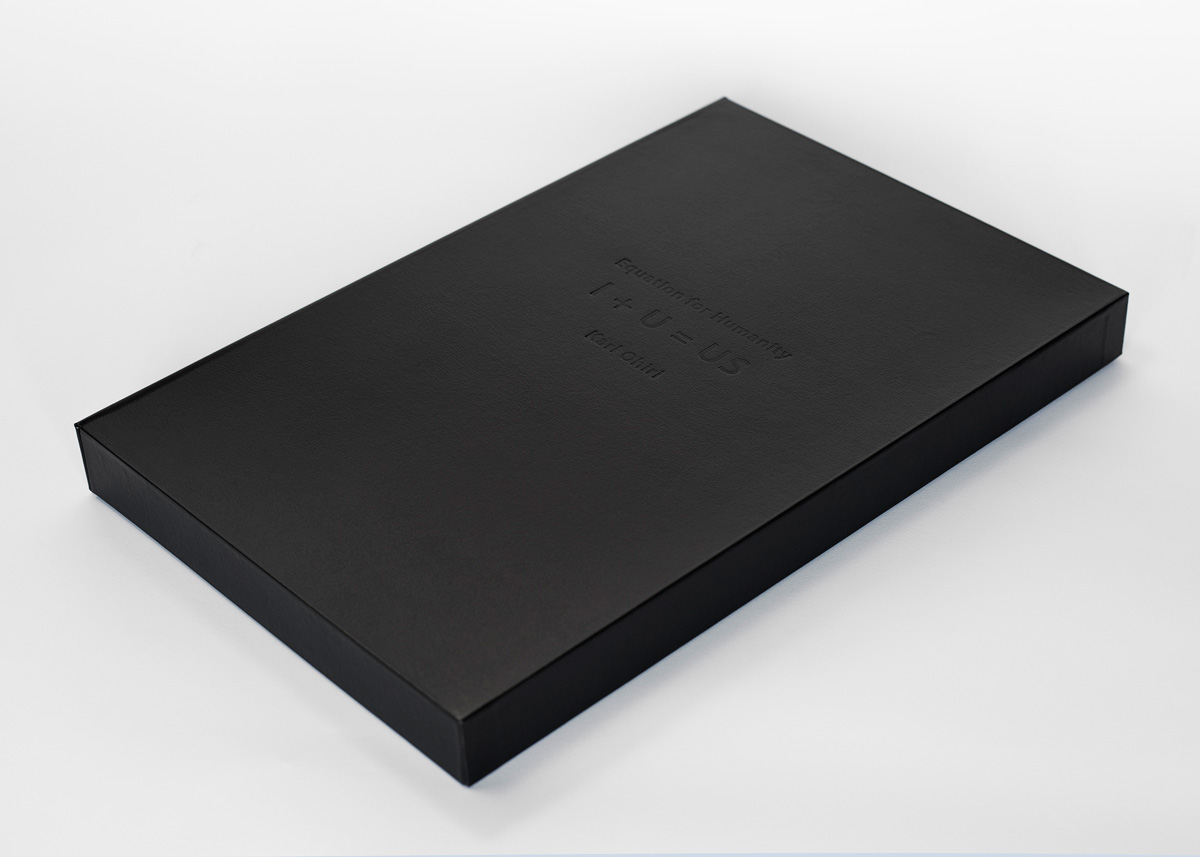At the core of Karl Ohiri’s enquiry for his new commission Equation For Humanity (2020), he considers what it means to be human. During his daily lockdown walks, Ohiri collected stones which later were inscribed with his “optimistic message during this time of global crisis”: I + U = US.
Autograph’s curatorial project manager Bindi Vora spoke with Ohiri to unpack some of the symbolic meanings of his new work, reflecting on collective modes of being while in isolation, and nurturing an optimism that can sustain future generations.


See the full artist commission by Karl Ohiri
Read writer Loren Hansi Gordon's response to Equation for Humanity
Renée Mussai introduces the new artist commissions in a curatorial essay One (Pandemic) Year On...
Read the introduction to the Care | Contagion | Community project
Visit the Care | Contagion | Community — Self & Other exhibition at Autograph's gallery
Can you spare a few moments? Autograph is carrying out a survey to better understand who our digital audiences are. The survey should take no longer than five minutes to complete. Anything you tell us will be kept confidential, is anonymous and will only be used for research purposes.
The information you provide will be held by Autograph and The Audience Agency, who are running the survey on our behalf. In compliance with GDPR, your data will be stored securely and will only be used for the purposes it was given.
You can take the survey here. Thank you!

Banner image: Works from Karl Ohiri's commission Equation for Humanity, 2020. Digital Black & White Fibre-Based Gloss Prints, each 12 x 16 inches. © and courtesy the artist. Commissioned by Autograph for Care | Contagion | Community – Self & Other: 1) I, 2020. 2) +, 2020. 3) U, 2020. 4) =, 2020. 5) US, 2020.
Images on page: 6 and 7) Archival clamshell box for housing the stones and photographic prints. Archival Box made by Riikka Kassinen / Designed by Riikka Kassinen & Karl Ohiri. Dimensions: L 53.8cm W 32.3 cm D 4.5 cm.
Autograph is a space to see things differently. Since 1988, we have championed photography that explores issues of race, identity, representation, human rights and social justice, sharing how photographs reflect lived experiences and shape our understanding of ourselves and others.